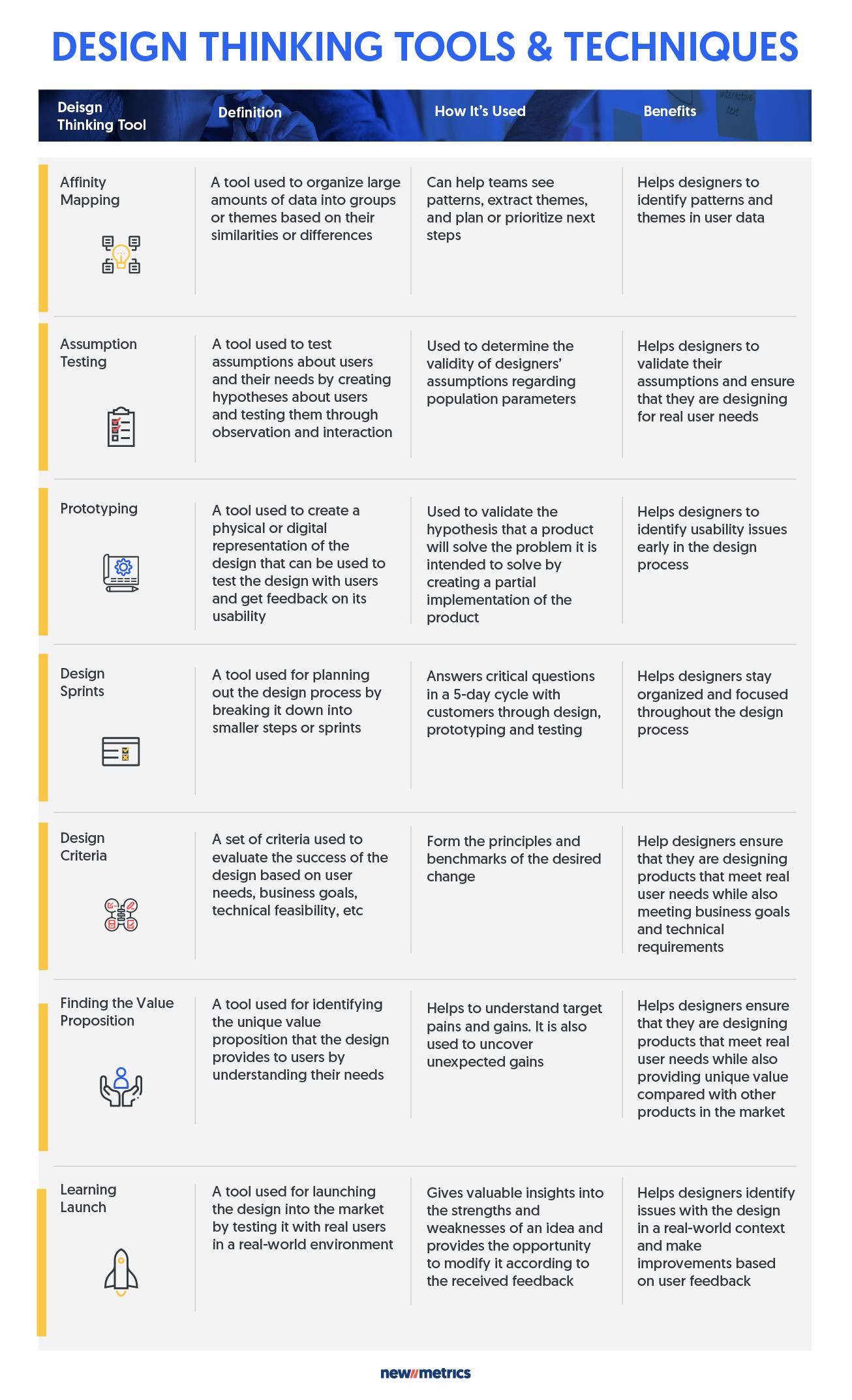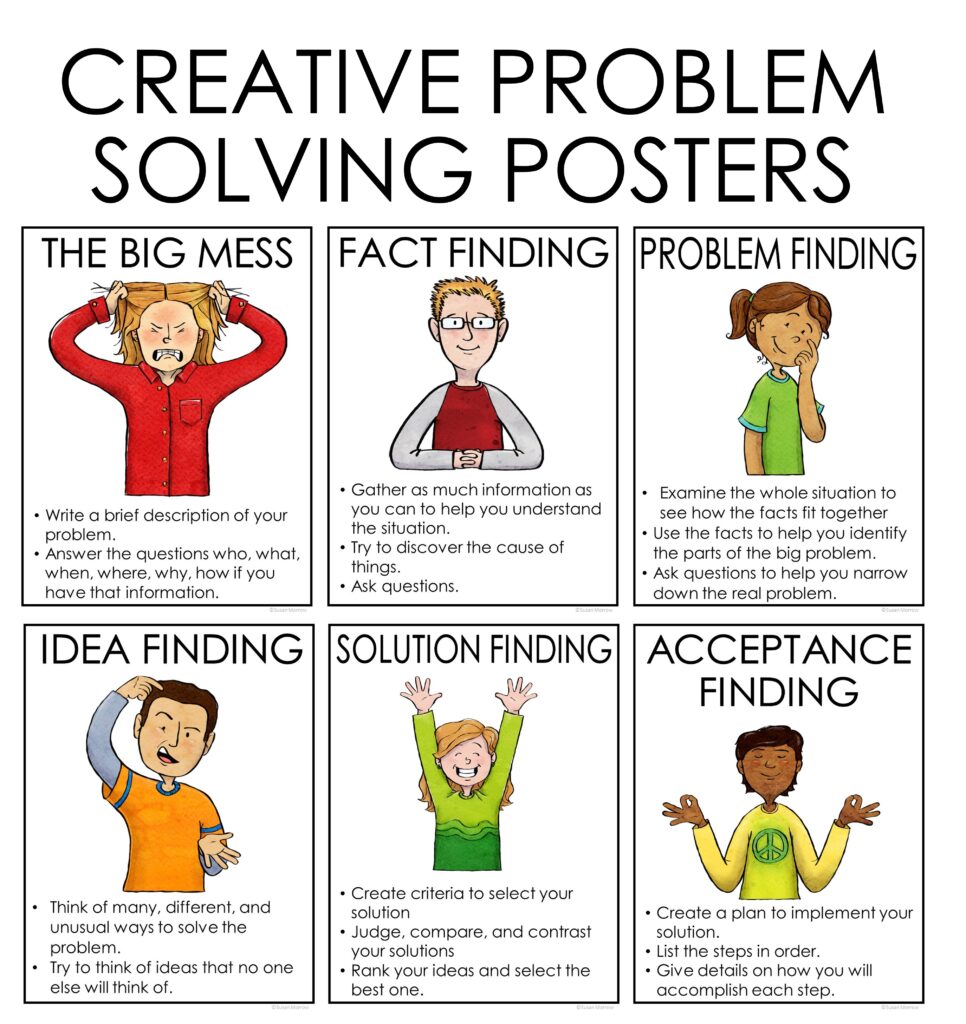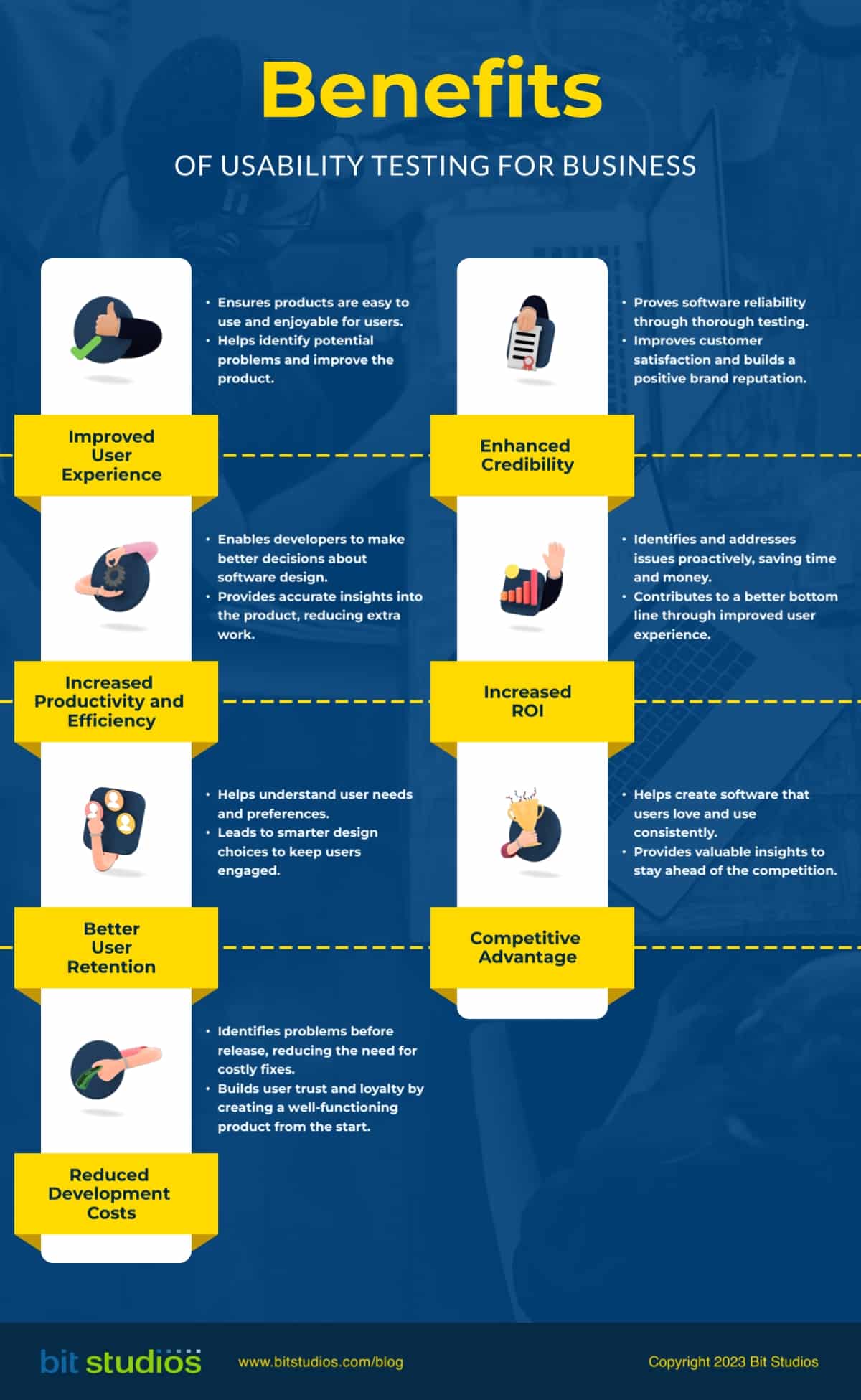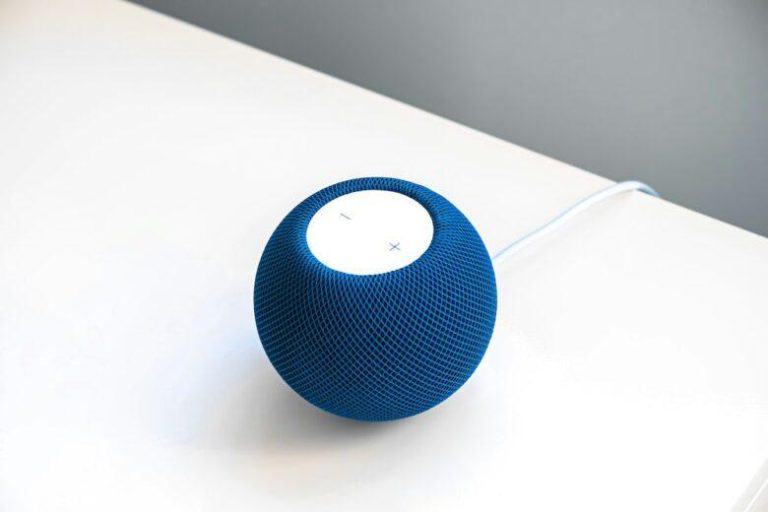Innovative Solutions: Design Thinking for Global Challenges

Welcome to the wonderful world of design thinking, where creativity meets problem-solving to tackle the biggest global challenges! No, we’re not talking about how to fold a fitted sheet or find matching socks in the dryer (although those are important issues too). We’re diving deep into the realm of innovative solutions that can save the planet, cure diseases, and maybe even convince your in-laws to finally like you. So grab your thinking cap, your imaginary cape, and let’s get ready to design our way to a better world!
Identifying Complex Global Challenges
Alright folks, let’s dive into the chaotic world of Complex Global Challenges. Buckle up because we’re about to embark on a whirlwind tour of problems that will make your head spin faster than a malfunctioning washing machine.
First up, we have the ever-dreaded Climate Change. This sneaky little devil has been wreaking havoc on our planet for decades, and it shows no signs of slowing down. From melting ice caps to extreme weather patterns, Mother Nature is throwing one heck of a temper tantrum. We better start planting those trees and recycling like our lives depend on it (spoiler alert: they do).
Next on the list is Income Inequality. Picture this: a handful of bazillionaires hoarding all the wealth while the rest of us plebeians fight over the crumbs. It’s like a real-life game of Monopoly, except nobody wins and everybody loses. Time to break out the Robin Hood costumes and redistribute that wealth like a boss.
And let’s not forget about good ol’ Public Health! With outbreaks of diseases faster than you can say “quarantine”, it’s a miracle we haven’t all turned into zombies yet. Maybe it’s time to stock up on some hand sanitizer and start doing the macarena instead of handshakes. It’s all fun and games until someone catches the plague, am I right?

Utilizing Human-Centered Design Approach
Humans are complex creatures with ever-changing needs and desires. When it comes to design, it’s crucial to take into account the intricacies of the human mind and heart. That’s where the human-centered design approach comes in. By putting people at the center of the design process, you can create products and experiences that truly resonate with them.
At the heart of human-centered design is empathy – the ability to put yourself in the shoes of your users and truly understand their perspectives, motivations, and frustrations. This means spending time with real people, observing how they interact with your product, and listening to their feedback. It’s like being a design detective, searching for clues to unlock the secret to creating a truly delightful user experience.
One of the key benefits of human-centered design is that it helps you uncover hidden needs and desires that users may not even be aware of themselves. By digging deep into the psychological and emotional aspects of human behavior, you can uncover insights that will set your design apart from the competition. Plus, when you design with empathy, you’re more likely to create products that users will love and recommend to their friends. It’s like hitting the jackpot in the design world!
In a world filled with cookie-cutter products and generic experiences, human-centered design is like a breath of fresh air. It’s about creating products and experiences that are tailor-made for the unique quirks and preferences of real people. So, next time you’re embarking on a design project, remember to put your users front and center. Trust me, they’ll thank you for it!
Implementing Creative Problem-Solving Techniques
Are you tired of the same old boring problem-solving techniques? Ready to inject some creativity into your process? Well, you’ve come to the right place! Here are some fun and quirky ways to implement creative problem-solving techniques:
First up, let’s talk about brainstorming. Instead of just sitting around a conference table throwing out ideas, why not take a walk outside and let nature inspire you? Or better yet, have a brainstorming session at the local park and let the ducks be your sounding board. Who knows, they might just quack up at your brilliant ideas!
Next, let’s embrace the power of collaboration. Get your team together for a game of charades where each person acts out a potential solution. Not only will this get everyone thinking outside the box, but it will also provide some much-needed comic relief. And hey, who knows, maybe the winning charade will be the solution to your problem!
Finally, don’t be afraid to think outside the traditional problem-solving box. Maybe your answer lies in a hot air balloon ride or a spontaneous dance party. The point is, sometimes the best solutions come from the most unexpected places. So go ahead, get creative, and watch your problems disappear in a cloud of glitter and confetti!
Collaborative Ideation and Prototyping
Are you tired of brainstorming alone and coming up with lackluster ideas? Collaborative ideation is here to save the day! By joining forces with your colleagues, friends, or total strangers, you can unlock a treasure trove of creative concepts that will blow your mind.
Through the power of teamwork, you’ll be able to bounce ideas off each other, build upon each other’s thoughts, and come up with solutions that you never would have dreamed of on your own. It’s like a brainstorming party where everyone’s invited, and the only rule is: there are no bad ideas!
Once you have a solid concept in mind, it’s time to bring it to life through prototyping. Whether you’re creating a physical product, a digital app, or a whimsical art installation, prototyping allows you to test out your ideas, gather feedback, and refine your design until it’s perfect.
So grab your favorite brainstorming buddies, roll up your sleeves, and get ready to dive headfirst into the exciting world of . Who knows what amazing creations you’ll come up with together? The sky’s the limit!

User Testing and Iterative Feedback
So you’re finally ready to put your product through the ultimate test - user testing! But wait, don’t forget about iterative feedback, the unsung hero of product development. Here are a few tips to help you navigate the treacherous waters of :
Don’t cry when you get negative feedback. Remember, you’re not your product. It’s just a bunch of 1s and 0s, not your first-born child. Take the feedback in stride and use it to make your product better. Plus, a good cry can be cathartic.
Think of user testing like a reality TV show. Your users are the judges, your product is the contestant, and you’re the stressed-out producer trying to keep it all together. Just remember, the drama is usually more entertaining than the end result.
Iterative feedback is like a fine wine – it gets better with age. Don’t rush the process. Take your time to digest the feedback, make necessary changes, and then rinse and repeat. Just like a good stew, your product will only get better with time.
Scaling Successful Solutions to Impact
So you’ve come up with a brilliant solution that is changing lives and making the world a better place – congratulations! But now comes the hard part: scaling that solution to have an even bigger impact. It’s not as simple as just sprinkling some magic growth dust on it and hoping for the best.
Here are a few tips to help you scale your successful solution:
- Don’t get ahead of yourself: Rome wasn’t built in a day, and neither will your solution be. Take your time and make sure you have a solid foundation before trying to scale too quickly. Otherwise, you might end up with a house of cards instead of a successful solution.
- Collaborate, collaborate, collaborate: You might be a genius, but that doesn’t mean you have all the answers. Bring in experts, partners, and stakeholders to help you scale your solution effectively. Plus, it’s always more fun to celebrate success with others!
- Be prepared for setbacks: Scaling a solution can be a bumpy ride. There will be obstacles, challenges, and a few setbacks along the way. But don’t let that discourage you! Keep pushing forward and learn from each setback to make your solution even stronger.
Measuring Progress and Evaluating Impact
So, you want to measure progress and evaluate impact, huh? Well, buckle up and get ready for the wild ride of data analysis and evaluation!
First things first, let’s talk about setting SMART goals – you know, Specific, Measurable, Achievable, Relevant, and Time-bound. Just like trying to fit into those jeans you’ve been holding onto since high school, your goals should be realistic and attainable. No need to set yourself up for failure!
Next, let’s dive into the world of metrics. Think of them as the breadcrumbs that lead you to success. You’ll want to track things like website traffic, conversion rates, and social media engagement. And hey, if all else fails, just throw in some pie charts and call it a day!
Finally, don’t forget to gather feedback from your audience. Conduct surveys, read those spicy comments, and listen to what people are saying about your work. After all, feedback is like the GPS that guides you to your destination – even if you end up taking a few wrong turns along the way!
FAQs
Why is design thinking important for addressing global challenges?
Because trying to solve them with old-fashioned thinking is like using a flip phone to call the President – it just doesn’t work. Design thinking allows you to approach problems in a creative and human-centered way, finding innovative solutions that actually work.
How does design thinking differ from traditional problem-solving methods?
Well, imagine traditional problem-solving methods as a boring old rule book that no one ever reads. Design thinking, on the other hand, is like a coloring book – it allows you to think outside the lines and come up with solutions that are as colorful as your imagination.
Can anyone learn design thinking, or do you need to be a creative genius?
Oh, anyone can learn design thinking! You don’t have to be the next Picasso or Da Vinci. As long as you’re willing to think differently and embrace a little bit of chaos, you’ll be well on your way to solving global challenges like a pro.
What are some real-world examples of design thinking being used successfully?
Well, let me tell you about the time a group of designers used design thinking to create a water bottle that filters out pollutants as you drink. Or how about the time a company used design thinking to revolutionize the way we recycle plastic? The possibilities are endless!
How can individuals incorporate design thinking into their everyday lives?
Simple! Just start looking at the world around you with fresh eyes. Ask yourself why things are the way they are, and challenge yourself to come up with better solutions. Before you know it, you’ll be a design thinking superstar!
Endless Possibilities Await!
Congratulations, dear reader, you have now embarked on a journey towards unlocking your inner creativity and problem-solving skills through the power of design thinking. Remember, the world is full of challenges waiting to be conquered, and with the right innovative solutions, anything is possible. So go forth, armed with your newfound knowledge and creativity, and make a difference in the world. The future is yours to shape - one innovative solution at a time. Stay creative, stay inspired, and always remember to think outside the box!





